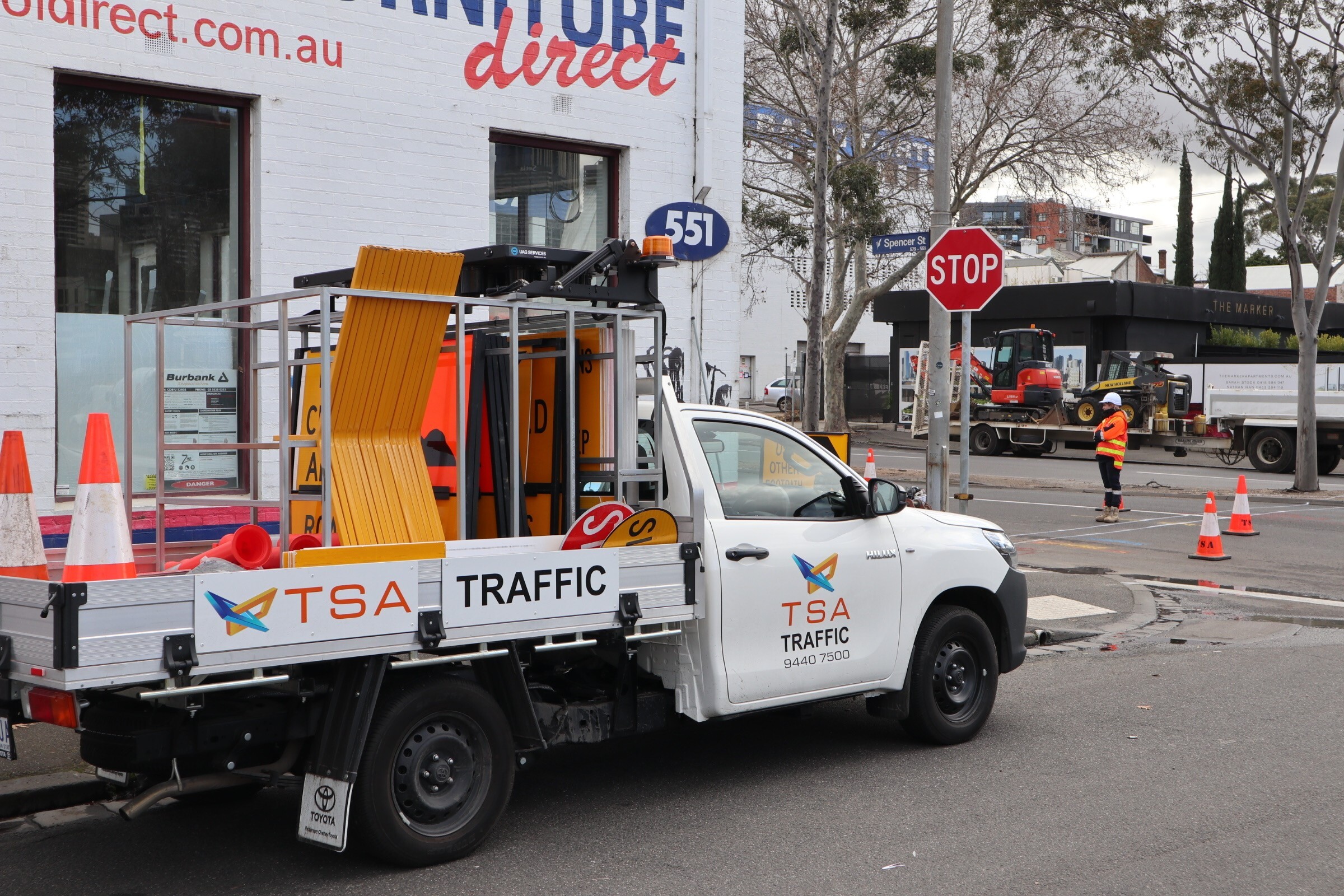We are actively working to achieve and reduce our environmental footprint by aligning our efforts with the following Sustainable Development Goals.
-
Goal 7: Affordable and Clean Energy – Promoting the use of renewable energy sources for EV charging.
-
Goal 11: Sustainable Cities and Communities – Encouraging sustainable transportation options.
-
Goal 13: Climate Action – Reducing greenhouse gas emissions by using clean energy.
-
Goal 15: Life on Land – Protecting natural ecosystems and biodiversity during excavation processes.
EV Charging Installations:
Powered by renewable energy sources such as solar or wind power, these installations play a pivotal role in minimising the environmental footprint of transportation. By charging electric vehicles with clean energy, emissions associated with electricity generation are greatly reduced. This not only encourages the widespread adoption of electric vehicles but also significantly contributes to the overarching goal of reducing greenhouse gas emissions. Additionally, promoting electricity as a transportation fuel diminishes dependence on fossil fuels like gasoline and diesel, mitigating environmental and geopolitical risks linked to fossil fuel extraction, transportation, and combustion. These efforts align with Goal 7: Affordable and Clean Energy, Goal 11: Sustainable Cities and Communities, and Goal 13: Climate Action.
Hydro Excavation (Non-Destructive Digging):
This method offers a sustainable solution for excavation needs by minimising environmental impact. Utilising high-pressure water and vacuum systems, hydro excavation carefully excavates around underground infrastructure and tree roots without harming surrounding flora, fauna, or essential services such as gas, water, and communication lines. By reducing surface disruptions and preserving the environment, it provides an eco-friendly alternative for excavation projects. This aligns with Goal 9: Industry, Innovation, and Infrastructure, Goal 11: Sustainable Cities and Communities, and Goal 15: Life on Land.
Concrete Recycling:
Facilitated by TSA’s concrete crusher, this process transforms concrete rubble into reusable rock, effectively repurposing waste material. Our management of custom loads ensures that construction waste is sorted and separated, maximising opportunities for repurposing. This approach enables the reuse of materials on specific projects and the recycling of construction debris into gravel, demonstrating TSA’s commitment to environmentally sustainable waste management practices. These actions support Goal 9: Industry, Innovation, and Infrastructure, Goal 11: Sustainable Cities and Communities, and Goal 12: Responsible Consumption and Production.
Solar Panels Integration:
Given that our warehouses typically have significant energy demands for lighting, heating, cooling, and other operations, integrating solar panels allows us to substantially offset these needs with clean, renewable power. This initiative contributes to our overall environmental sustainability efforts, reducing our carbon emissions footprint and promoting the use of renewable energy. These efforts are in line with Goal 7: Affordable and Clean Energy, Goal 9: Industry, Innovation, and Infrastructure, and Goal 13: Climate Action.


